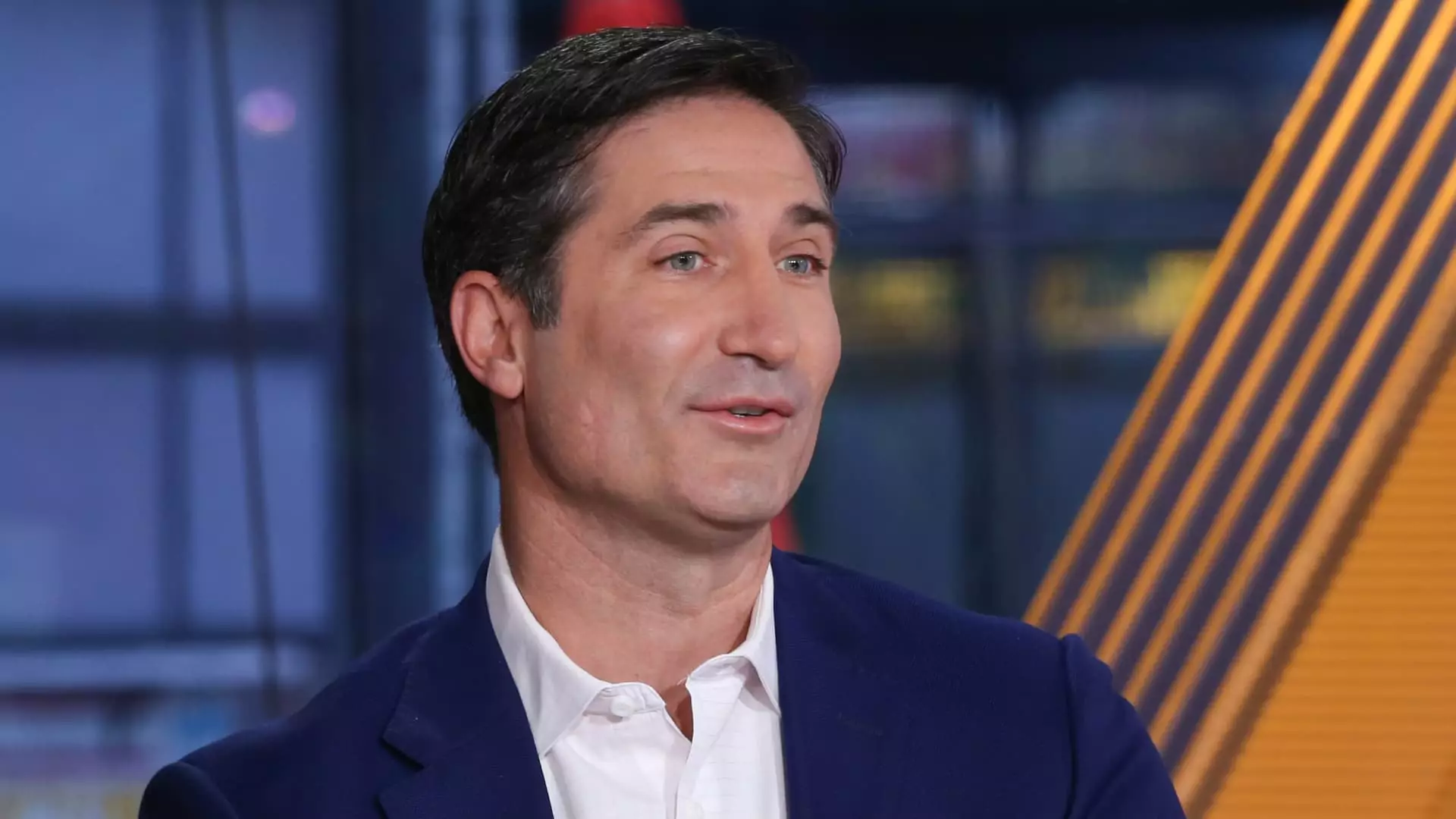In a challenging economic climate, Starbucks has found itself navigating through tumultuous waters as it reported a downturn in same-store sales for the fourth successive quarter. While the situation appears grim, the company’s latest earnings report surprisingly surpassed Wall Street’s expectations, indicating a flicker of resilience in the face of adversity. The coffee titan is embarking on an ambitious turnaround strategy aimed at revitalizing its U.S. operations, which have faced considerable headwinds over the past year.
CEO Brian Niccol encapsulated this sentiment in a recent video message, where he highlighted the company’s efforts to reorient its business model towards its core strengths. He confidently stated, “While we have room for improvement, we’re making progress as planned, and have confidence we’re on the right track.” This proclamation, while optimistic, underscores the gravity of the ongoing issues that Starbucks must confront.
Starbucks’ reported fiscal first-quarter net income stood at $780.8 million, translating to 69 cents per share, down from $1.02 billion or 90 cents per share recorded a year earlier. Despite this decline, the company’s revenue remained stable at $9.4 billion, slightly exceeding Wall Street’s forecast of $9.31 billion. Surprisingly, its shares jumped 3% in after-hours trading, suggesting that investors were encouraged by the results, despite the sagging traffic numbers.
Notably, the coffee chain’s same-store sales fell by 4%, driven by a more significant 6% dip in customer traffic. Analysts had predicted an even steeper decline. This juxtaposition between projected and actual performance hints at the distinctiveness of Starbucks’ customer base, which may still hold loyalty amidst a challenging operational backdrop.
Under Niccol’s guidance, who took the reins in September, there is a significant strategic pivot towards refocusing Starbucks’ identity. By emphasizing core products—primarily its coffee offerings—and enhancing the overall customer experience, Niccol aims to revive the company’s fortunes. The removal of additional charges for nondairy milk options represents a small yet impactful decision targeting customer satisfaction.
Furthermore, Starbucks is reportedly updating its menu, which could breathe new life into customer interest and reinstate its originality in an increasingly competitive market. In the international arena, particularly in China, the company has faced similar declines, with same-store sales dipping by 6%. This reduction has, in part, been attributed to a competitive landscape filled with lower-priced alternatives, such as Luckin Coffee, triggering Starbucks to experiment with discounting strategies.
Future Outlook and Cost-Cutting Measures
In light of its struggles, Starbucks has temporarily withdrawn its fiscal 2025 forecast, a decision that reflects a prudent acknowledgment of the current uncertainties surrounding its operational recovery. Additionally, the company plans to limit the opening of new locations and renovations, seeking to conserve capital vital for the turnaround.
To further streamline operations, Niccol is also reorganizing the company’s structure, which included splitting the presidency of North American operations into two distinct roles. This realignment could provide tailored leadership approaches to address the unique challenges faced in the U.S. market. Moreover, with planned layoffs in the pipeline, the move indicates a comprehensive restructuring approach aimed at optimizing operational efficiency.
As Starbucks embarks on this ambitious journey to reclaim its market position, the path ahead remains fraught with challenges. While the coffee retailer has made concrete strides in some aspects, such as outperforming revenue expectations, the decline in same-store sales and traffic serves as a sobering reminder of the hurdles that lie ahead. Niccol’s insistence on a focused back-to-basics strategy, combined with cautious financial maneuvering, may be essential for the company’s restoration. In the ever-competitive coffee landscape, aligning customer experiences with core offerings could be pivotal in restoring the brand’s standing in the marketplace. Ultimately, Starbucks’ future success will depend on its ability to adapt and innovate in a landscape marked by changing consumer preferences and external pressures.

